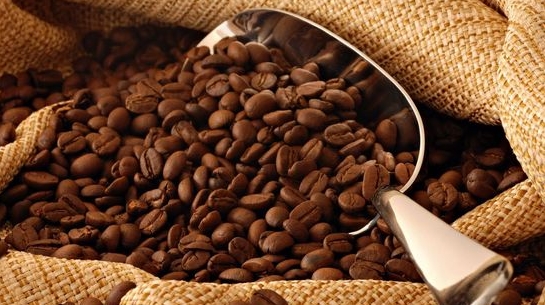Coffee customs are different all over the world. What's so particular about drinking coffee?
The custom of coffee in northern Europe and continental Europe is that the coffee brewed has no sediment, light and round; the beans are roasted brown; the way of brewing is drip or machine, all kinds of coffee changed by Espresso-cappuccino, Viennese coffee, French milk coffee and so on.
The custom of coffee in the Middle East is embodied in its obsession with the basic way of drinking. People roast the coffee beans until they are nearly dark, then grind them into a very fine powder, boil them several times and then add sugar to produce coffee that is extremely thick, bitter, sweet and precipitate. people will sip this coffee leisurely in an elegant and courteous manner.

The custom of coffee in southern Europe and urban Latin America is to drink a cup of coffee in the morning, afternoon and evening, preferring deep-roasted, half-bitter, half-sweet and scorched coffee. Favorite Espresso machine brewed coffee, dark, rich, the upper layer floating foam, with a little bit of precipitation at the bottom of the cup. In the morning, mix coffee and hot milk in a bowl or large cup, hold the bowl or cup in both hands, warm your palms with the heat of coffee or feel the aroma of coffee with your nostrils, and even hope to jump into the bowl or cup to take a bath; in the afternoon or evening, southern Europeans prefer to drink black, rich, bitter and sweet coffee with a small cup (about 1x4 of the bowl used in the morning).
In order to reduce the cost and meet the demand of drinking at any time, American coffee usually boils the whole pot of coffee and puts it on a heat preservation plate to keep warm, and the coffee is very light. Typical North American coffee drinkers have regarded coffee as a daily drink, drinking coffee from the coffee pot all day in the office and carrying coffee at any time when doing housework, not only after meals, but also at the beginning and middle of the day.
The custom of coffee in English-speaking countries is that milk and sugar are added to the coffee. Because the coffee is relatively light, milk and sugar often affect and mask the concentration and original taste of the coffee. This coffee custom became popular in North America during World War II.
Important Notice :
前街咖啡 FrontStreet Coffee has moved to new addredd:
FrontStreet Coffee Address: 315,Donghua East Road,GuangZhou
Tel:020 38364473
- Prev

To share with you the coffee culture around the world, the people who spread the coffee culture.
Coffee is no longer a new word. Coffee tastes different in different countries and places, but how much more do you know about coffee culture in different regions? When we travel, if you can know in advance about the local coffee culture, then it must be just a break during the trip, and you can really taste the local culture and customs.
- Next

Coffee enriches our life, taste, coffee, have a good time.
With the changes of the times, people's living habits continue to exert an imperceptible influence, from the long-standing tea culture to the coffee atmosphere of fashion art, people naturally accept the elegant enjoyment of coffee. All over the world, people like drinking coffee more and more. Coffee culture begins to fill every moment of life. Whether at home, in the office, or in a variety of social fields
Related
- How did the Salvadoran coffee industry develop in Central America?
- What exactly does the golden cup extraction of coffee mean?
- The Origin of Coffee flower
- [2023 Starbucks World Earth Day] there are more meaningful things besides free Starbucks coffee!
- What kind of coffee is there in Spain? 9 Flavors of Spanish Coffee
- Aromatic African coffee| Kenya's coffee culture and historical production area
- Liberica Coffee Bean knowledge: the characteristics of Liberian Coffee beans of the three original species of Coffee beans
- The origin and formula of Spanish latte introduces the taste characteristics of Bombon coffee in Valencia, Spain.
- How to adjust the solution of over-extracted coffee
- What is the tasting period of coffee beans? What is the period of coffee and beans? How should coffee wake up and raise beans?

